Black Friday & Holiday 2025: Hunting-Friendly Deals From NSSF Patron Members
If you've been thinking about upgrading your hunting rifle, adding a new optic or picking up better field gear, Black Friday and the year-end holiday sales are a smart time to buy.
Several NSSF® Patron Member companies are running confirmed 2025 Black Friday, Cyber Monday or Q4 holiday promotions on firearms, accessories and apparel that hunters can put to good use. Below is a roundup of standout offers, along with direct links so you can check the details and fine print before you buy.
Note: Promotions can change quickly. Always double-check dates, exclusions and rebate instructions on the manufacturer's site before purchasing.
Action Target - Up to 35% Off Black Friday Target Deals

If you're heading to the range to confirm your zero or stay sharp between seasons, Action Target has a dedicated Black Friday promotion on its online store.
Their paper/cardboard targets page advertises "SAVE 35% FOR BLACK FRIDAY WITH CODE: PAPER35" on a wide selection of targets.
You'll also find Black Friday sections for:
- 30%, 40% and 50% off select steel and paper targets
- Free-shipping items and clearance gear that help stretch your budget further
Explore Action Target Black Friday Offers
Beretta USA - 25% Off Sitewide Early Black Friday Deals

Beretta is running Early Black Friday Deals with 25% off sitewide, with some exclusions, through November 30, 2025 at 11:59 p.m.
That discount applies across Beretta's online store, including:
- Hunting clothing (upland, waterfowl and cold-weather layers)
- Gun accessories and cases
- Lifestyle apparel you can wear from camp to town
Shop Beretta's Early Black Friday Deals
Blade-Tech - 20% Off Holsters and Range Gear

For hunters who carry a sidearm while scouting, camping or in the backcountry, a good holster matters. Blade-Tech Industries is running an "EARLY BLACK FRIDAY SALE" with:
- 20% off Tek-Mount, Velocity holsters and more, using code EARLYBLKFRIDAY on their website banners and product pages.
These Kydex holsters and attachments are well-suited for range practice and carry around camp or in the truck.
See Blade-Tech's Early Black Friday Sale
Brownells - Black Friday 2025 & Early Savings on Hunting Gear

Brownells has a dedicated "Black Friday 2025" page plus Early Black Friday promotion messaging across its site.
Highlights include:
- Black Friday 2025 event with products "up to 40% off" and 15% off many items with a promo code listed on the page
- Early Black Friday messaging featuring free shipping on orders $47+ and "massive savings" on brands like Magpul, Hornady, Faxon, Leupold, ATN & more that are highly relevant to hunters (stocks, ammo, scopes, range gear, etc.)
This makes Brownells a strong one-stop option for:
- Rifle scopes & red dots
- Hunting ammunition and reloading components
- Gun parts, slings, bipods and cleaning supplies
Shop Brownells Black Friday 2025 Check Early Black Friday Deals
Browning - 30% Off Sitewide + Black Friday Rebates

Browning is rolling out a strong mix of savings this season, offering 30% off sitewide on its online store during Black Friday. While firearms are excluded from the sitewide sale, hunters will find excellent discounts on hunting apparel, gear bags, shooting accessories, gun safes, gloves, hats and lifestyle clothing built for the field.
In addition, Browning is offering a limited-time Black Friday rebate on select new Browning firearms. Eligible rifles and shotguns purchased during the promotional window qualify for cash-back savings through Browning's official rebate portal. If you've been looking to upgrade your waterfowl shotgun, add a versatile all-terrain rifle or introduce a new hunter to quality equipment, this is a great time to explore Browning's lineup.
Explore Browning's holiday deals
Camillus Knives (Acme United) - 25% Off Sitewide

Camillus is offering 25% off every knife and tool on its website now through December 2, 2025 when shoppers use the code GIFT25. Hunters will find reliable fixed-blade and folding knives, bone saws, machetes and other field tools designed to stand up to tough conditions.
Shop Camillus Sale
Colt's Manufacturing - Up to $100 Back on Revolvers & Rifles

Colt is offering 2025 holiday rebates on a selection of its most iconic firearms. Eligible purchases include:
- $50-$100 rebates on Colt revolvers such as the Cobra, King Cobra, Python and Anaconda
- Up to $100 back on new Colt CBX Tac Hunter and CBX Precision rifles
For hunters, Colt's bolt-action Tac Hunter rifle offers a modern, accurate platform suitable for deer and predator hunting and this rebate adds extra value during the holiday season.
View Colt's Holiday Rebate Information
FN America - "Season of Savings"

FN America has launched its Season of Savings holiday rebate program with $100-$125 cash-back savings on select FN pistols. While primarily a defensive-use lineup, many hunters appreciate a dependable sidearm for backcountry safety, camping or wilderness carry.
Eligible models include popular FN 509 variants and other flagship pistols. Rebate claims can be submitted via FN's official rebate portal.
Check FN's Season of Savings Offers
Hornady - Up to 30% Off Security, Reloading Accessories & Apparel

Hornady is offering a 2025 Black Friday sale through its online store with generous discounts on several hunter-focused product categories:
- 20% off Hornady security products and safes
- 30% off security accessories like RAPiD® safes and lockboxes
- 20% off reloading die accessories
- 30% off hunting apparel, gifts and branded gear
Whether you're upgrading your secure storage, adding reloading components or picking up quality apparel for the field, Hornady's Black Friday sale is a strong value for hunters and reloaders alike.
Explore Hornady Black Friday Deals
Magpul - Holiday Sale and Free Gift

Magpul's 2025 Holiday Sale is one of its biggest yet, featuring steep discounts across popular accessories, including magazines, slings, stocks, field gear, apparel, gloves and shooting accessories that hunters rely on year-round. Select items are marked up to 80% off and Magpul is also offering a free gift with purchase when shoppers add participating Black Friday products to the cart.
For hunters, this sale includes durable field gloves, cold-weather layers, rifle slings, hard-use accessories and other essentials designed for rugged conditions. Whether you're upgrading your rifle setup or looking for affordable stocking stuffers, this Magpul sale delivers excellent value.
Shop Magpul Holiday Deals
MIRA Safety - 25% Off Sitewide Black Friday Sale

While not traditional "hunting gear," MIRA Safety has products that can matter for wildfire smoke, hazardous environments and backcountry emergencies hunters sometimes encounter.
MIRA's site is currently running a "Black Friday Sale 25% Off Sitewide - No Code Required" banner with discounted prices shown across multiple products, including apparel and preparedness gear.
This is a good time to consider:
- Protective masks and filters for smoke and ash
- Preparedness kits and apparel for harsh conditions
Shop MIRA Safety's Black Friday sale
Savage Arms - 2025 Rebates on Renegauge Shotguns & Hunting Rifles

Savage Arms, a staple for deer, predator and upland hunters, is running several 2025 rebate programs that overlap the Black Friday / late-fall timeframe. On Savage's official Promotions & Rebates page you'll find:
- $100 mail-in rebate on any Savage Renegauge shotgun
- Valid for purchases October 1-November 30, 2025
- $200 mail-in rebate on any Model 110 or IMPULSE rifle with a Proof Research barrel
- Valid for purchases November 1-November 30, 2025
- Additional rebates on rimfire models (Rascal, 93, 93R17, Mark II) useful for small-game hunting and training
While these are technically rebate programs rather than coupon codes, they function like a holiday savings event that lines up perfectly with your Black Friday shopping window.
View all Savage promotions and submit rebates
SIG SAUER - Free Gear with Select Optics + Black Friday Bundles

SIG SAUER's official Black Friday page features standout bundles for hunters and shooters alike: purchase select red-dot or thermal optics and get a free accessory like a FOXTROT1X weapon light or JULIET3 magnifier. These offers are displayed on SIG's "Black Friday" page and call out free gear with qualifying optics purchases.
Explore SIG SAUER Black Friday Offers
Silencer Central - Buy One, Get One Free

Silencer Central is delivering one of the most eye-catching deals of the season: buy any BANISH suppressor priced at $849 or more and receive a FREE BANISH 22K suppressor. This BOGO promotion is ideal for hunters wanting to expand into suppressor use or equip multiple firearms for quieter, more efficient field performance.
The BANISH series is well regarded for its lightweight titanium construction, easy maintenance and sound reduction-useful for everything from hog hunting to predator control. With suppressor wait times improving, this holiday season is an excellent opportunity to start the process.
See Silencer Central's BOGO Offer
Silencer Shop - Black Friday Suppressor Deals

For hunters in states where suppressors are legal, Silencer Shop is advertising an active Black Friday suppressor sale on its own site.
Their "Suppressor Deals" and homepage banners highlight:
- Black Friday deals on a wide range of suppressors
- Free tax stamps and free gift cards on select models
- Ongoing free shipping
Many of the featured suppressors are well-suited for:
- Hog and predator hunting
- Low-recoil, hearing-safe deer rifles
- Reducing muzzle blast and noise on ranch or property-management guns
(Always check your state and local laws regarding suppressor ownership and hunting use.)
Browse Silencer Shop Black Friday Suppressor Deals
Smith & Wesson - 2025 Long Gun Holiday Rebate

Smith & Wesson Brands, Inc. is running a Long Gun Holiday Rebate for 2025 that covers a variety of rifles and carbines suited to small-game, predator hunting and training.
According to official rebate documentation and industry announcements:
- The Long Gun Holiday Rebate runs November 1 - December 31, 2025
- Buyers can receive $50-$100 back on eligible M&P15-22, M&P FPC, S&W Response carbines, M&P15 and M&P10 models after mail-in or online rebate submission
These rimfire and centerfire platforms are popular for:
- Small-game and varmint hunting
- Youth and new-hunter training
- General range use that builds skills for the field
Start a Smith & Wesson rebate submission
Taurus & Heritage - Q4 2025 Pistol and Revolver Rebates

Taurus Holdings, Inc. is running multiple Q4 2025 rebate offers that can appeal to hunters and folks who carry a sidearm in the field:
From the official Taurus Rebates and TaurusPromos pages:
- 2025 Q4 Taurus G-Series $30 Savings Event
- Buy a qualifying Taurus G-Series pistol between October 16 - December 21, 2025 and receive a $30 rebate.
- 2025 Q4 Taurus/Rossi Revolver $30 Rebate
- Same dates; $30 back on qualifying Taurus or Rossi revolvers.
In addition, the associated Heritage Manufacturing/Taurus rebate portal offers:
- "Heritage Rough Rider + Rancher $25 Roundup"
- Buy a new Heritage Rough Rider® revolver or Rancher™ carbine between October 16 - December 21, 2025 and get $25 back.
These rimfire revolvers and carbines are especially useful for:
- Small-game hunting and pest control
- Plinking and skill-building for new shooters
View Taurus & Heritage Rebate Offers
Trijicon - $100 Rebate on RCR Pistol Optic

While not a rifle optic, Trijicon's rebate on its RCR (Ruggedized Closed Reflex) pistol sight supports hunters relying on a dependable sidearm for back-country safety. Purchases made Aug. 1 - Dec. 31, 2025 qualify for a $100 mail-in rebate.
Get More Info on Trijicon RCR Rebate
Winchester - Ammo Rebate for Waterfowl & Hunting Loads

Winchester (under Olin) is offering a shotshell rebate tailored for hunters: buy select waterfowl ammunition (e.g., Black Cloud series) and receive $5 per box back, up to $200 total. Qualifying purchases must be made before Dec. 31, 2025, with rebate submission by Jan. 31, 2026.
View Winchester Holiday Ammo Rebate
XS Sights - 30% Off Sitewide

XS Sights is offering a 30% off sitewide Black Friday promotion, making this a perfect time to upgrade your firearm with high-visibility sights built for low-light conditions. No code is required-discounts apply automatically at checkout.
XS is also including free bonus items with select sight sets, including some popular Glock-compatible options. For hunters who spend time in dense timber, predawn blinds or twilight stands, sight upgrades can make a real difference in clarity and confidence.
See XS Sights Black Friday Savings
Yankee Hill Machine (YHM) - Black Friday/Cyber Monday Week Deals

YHM is running a full Black Friday/Cyber Monday Week of discounts with substantial markdowns on firearms parts and accessories. Offers include:
- Barrel Blowout: AR-15 barrels marked down to budget-friendly prices
- Scope mount and ring specials
- Discounts on magazines, gas blocks, handguards and hardware
- Special sales on KeyMod rail accessories and YHM-branded gear
For hunters who run AR-platform rifles for hogs, predators or property management, these component deals offer an affordable way to upgrade or build out a reliable setup.
Browse YHM's Holiday Deals
Make the Most of the Holiday Season
From sitewide 25% savings on Beretta apparel and accessories to Savage shotgun and rifle rebates, Smith & Wesson long gun incentives and Silencer Shop's Black Friday suppressor promotions, NSSF Patron Members are offering a wide range of 2025 holiday deals that can make your time in the field more effective and enjoyable.
If you've been waiting for the right moment to invest in new hunting gear or upgrade your setup, these Black Friday, Cyber Monday and Q4 rebates are worth a look, just be sure to double-check the details on each company's site before you buy, many companies refresh their deals daily throughout the holiday shopping season.
Find More Deals
While these offers highlight confirmed Black Friday and holiday promotions from NSSF Patron Member companies, they're far from the only deals available. Many additional firearms, optics and hunting-gear discounts are offered through major retailers, local gun shops and online outlets, so be sure to check your favorite stores for even more savings this season.
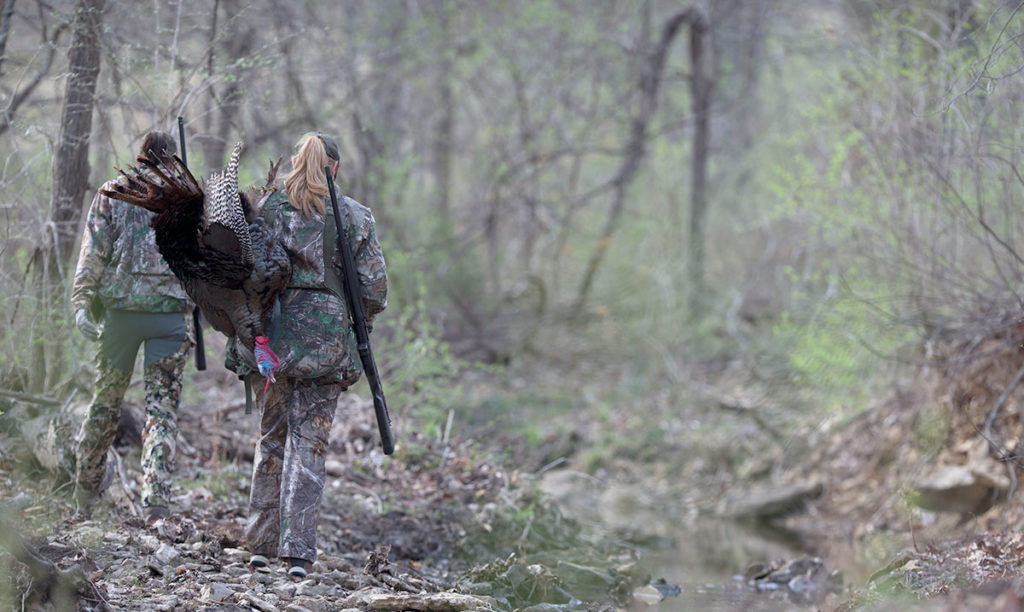























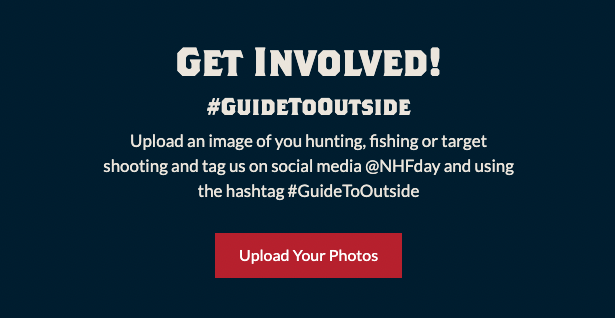
 There are plenty of choices among the deer rifles, and the correct choice is a personal one.
There are plenty of choices among the deer rifles, and the correct choice is a personal one.
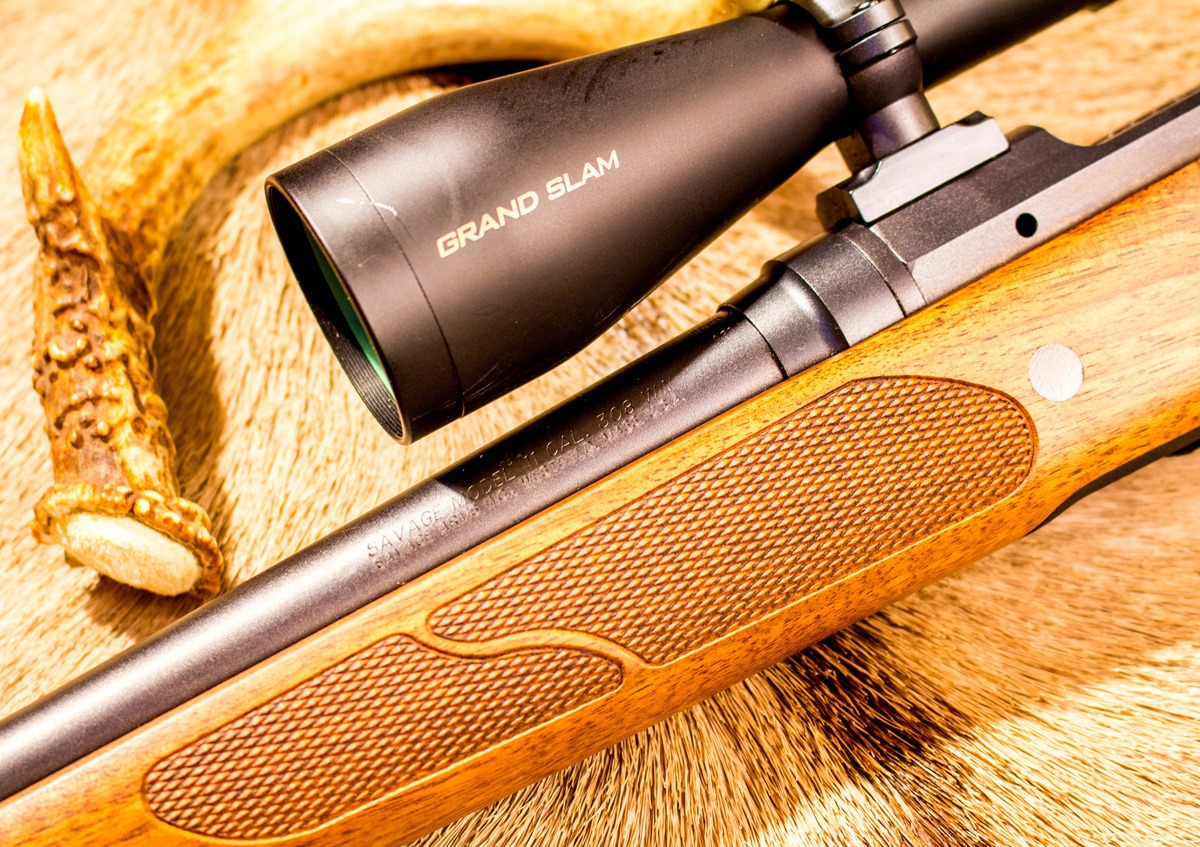 A short-action Savage Model 11, chambered in .308 Winchester and stocked in the LadyHunter configuration with a shorter buttstock, is a perfect choice for women heading to the deer woods.
A short-action Savage Model 11, chambered in .308 Winchester and stocked in the LadyHunter configuration with a shorter buttstock, is a perfect choice for women heading to the deer woods.
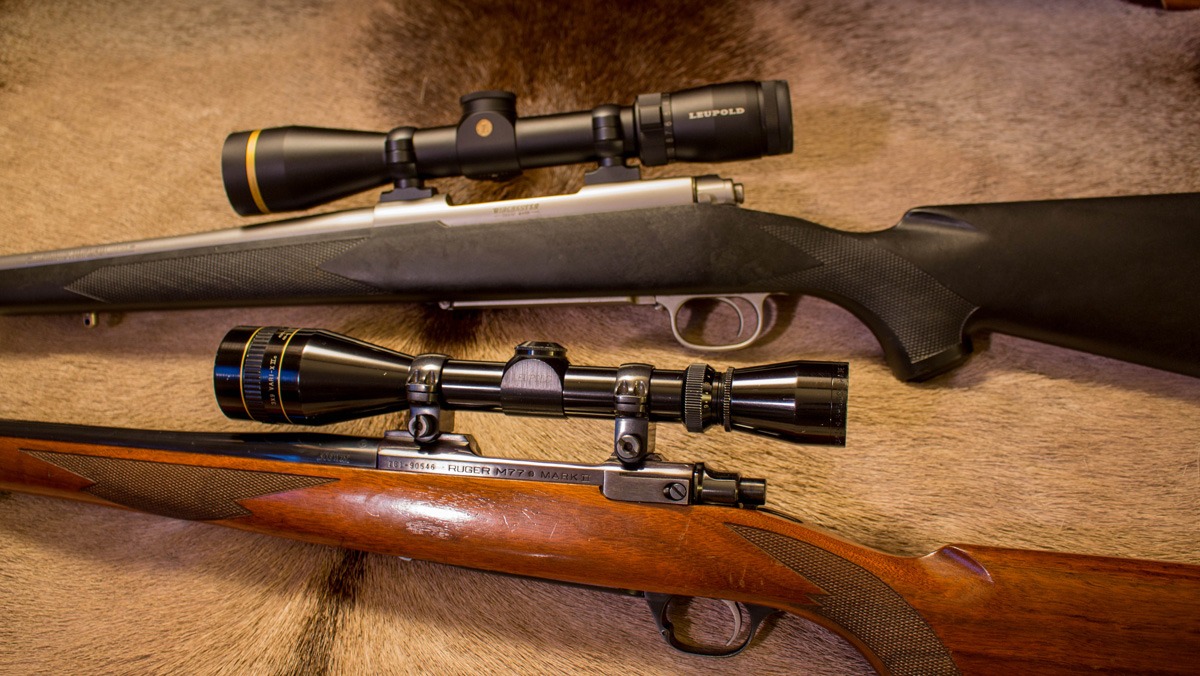 A pair of bolt-action rifles, the Winchester Model 70 and Ruger Model 77 MkII, each a great choice for general deer hunting.
A pair of bolt-action rifles, the Winchester Model 70 and Ruger Model 77 MkII, each a great choice for general deer hunting.
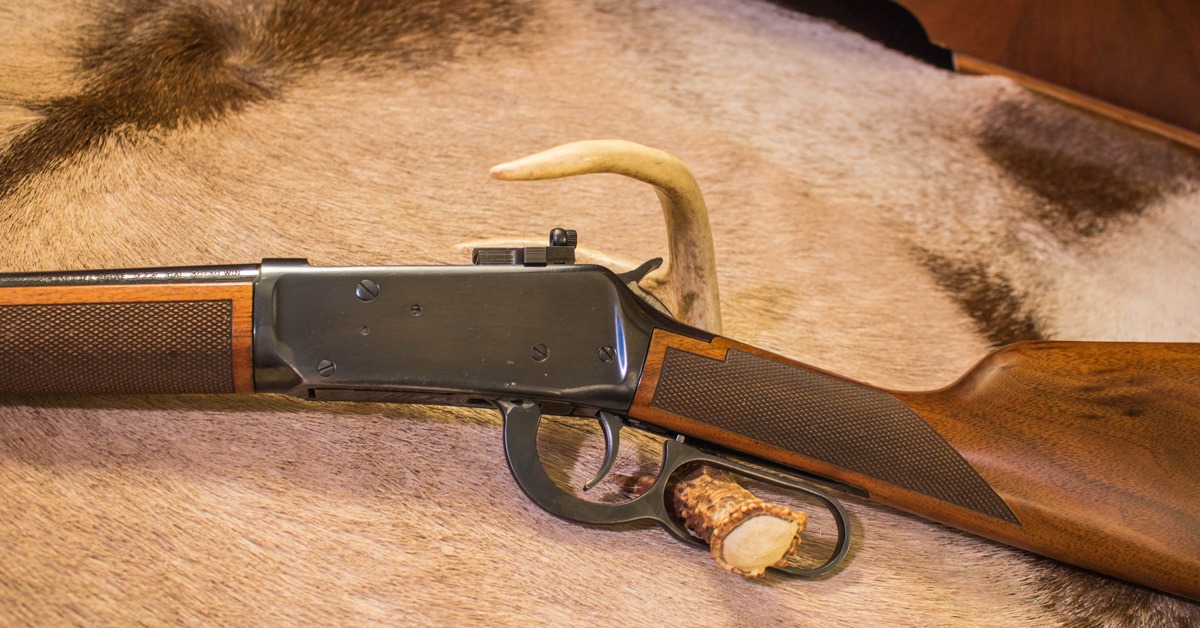 The Winchester Model 94, chambered in .30-30 Winchester, still makes a solid deer rifle, especially in the East where shots tend to be closer in thick forest habitat.
The Winchester Model 94, chambered in .30-30 Winchester, still makes a solid deer rifle, especially in the East where shots tend to be closer in thick forest habitat.



